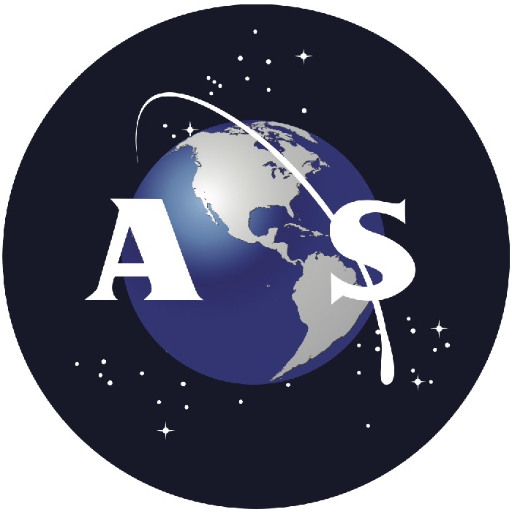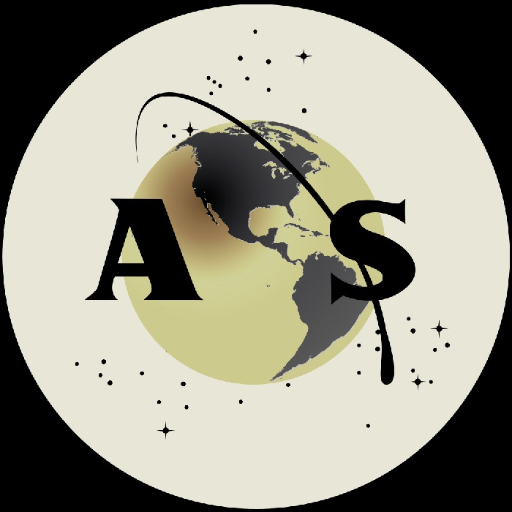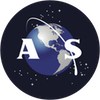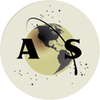
CAPE CANAVERAL, Fla – A half century ago a Marine Corps test pilot climbed into his tiny Mercury capsule and thundered to orbit, where he spent just under five hours before safely returning to Earth. He exited his capsule and became an American legend. His name is John Herschel Glenn Jr. Tonight he was joined by fellow Mercury astronaut Scott Carpenter – who followed Glenn’s successful flight three months later.
NASA and Delaware North (the operators of the Kennedy Space Center Visitor Complex) hosted an event tonight to mark the 50th anniversary of Americans in orbit dubbed, “On the Shoulders of Giants.”
Emceed by CNN’s John Zarrella, the occasion was marked with high-profile guests including Kennedy Space Center Director and former shuttle astronaut Bob Cabana, Sen. Bill Nelson (D-Fla.) and astronaut Steve Robinson, who was one of Glenn’s crewmates on his second flight into space – STS-95 which flew on space shuttle Discovery in 1998.

United Launch Alliance (ULA) an organization comprised of Boeing and Lockheed-Martin who operate the Atlas V rocket, the current iteration of the same launch vehicle that sent Glenn and Carpenter to orbit contributed to help host the event. ULA conducted a presentation entitled, “Delivered Then, Delivering Now.”
Matt Smith, ULA’s vice president of engineering highlighted the fact that the Atlas has a proven track record – that is causing it to get the nod(s) again to be the rocket of choice to send astronauts back to orbit. Boeing, Sierra Nevada Corporation and Blue Origin have all given the Atlas the nod to launch the spacecraft that they are developing.
“We look back fondly on Mercury, but we have always hoped for the opportunity to get back involved in crewed spaceflight operations,” Smith said. “Atlas has an incredible level or both flexibility and adaptability that comes from years of experience with obtaining and retaining a very talented engineering team. With Atlas, in the back of my mind I have always kept the rocket’s crewed capabilities in Atlas’ launch portfolio – now we might get to move that into the active section of Atlas’ portfolio.”

As for Glenn and Carpenter, they wanted to make sure that those in attendance remembered that they were part of a seven person component that included fellow Mercury astronauts, Alan B. Shepard, Virgil “Gus” Grissom, Wally Schirra, Deke Slayton and Gordon Cooper. Moreover, that component was part of a team of thousands of engineers, technicians and scientists that made Mercury a possibility.
“I believe that all of our fellow Mercury astronauts are here in spirit,” Glenn said at a media event held on Friday.





I think it’s nice that they mentioned all the people that helped.